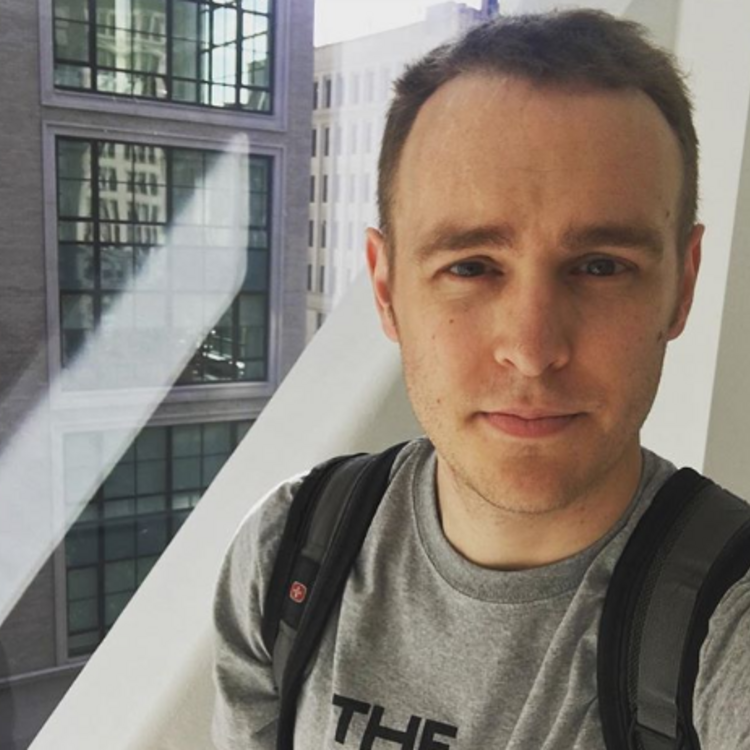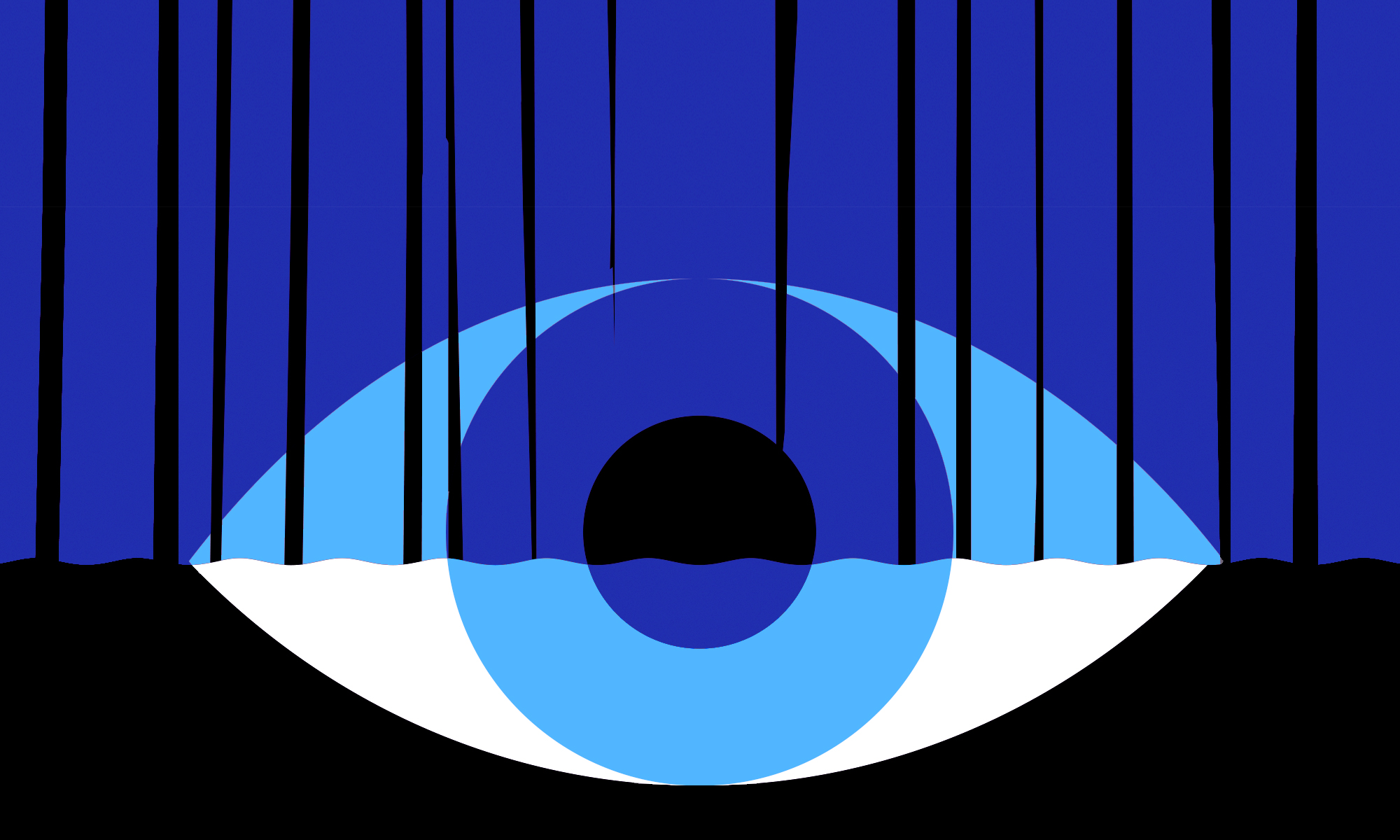Race and the Institution
Racial inequality is not a stain on the American institution, it is the engine. And for those who identify as white, complicity is the life raft floating us comfortably downstream. To more deeply understand our own complicity, we must first be willing to learn how we are connected to our origin story.
The first American manager was a white man, the first accumulation of American capital was slave labor, and the invention of a racial hierarchy justified his right to manage. Over the course of our history, the institutions built across America were designed to maintain a fundamental power imbalance, and with extraordinary efficiency.
Segregation in America reinforced in white people that homogenous racial spaces could be felt as both righteous and whole. Think about your predominantly white meeting and predominantly white boardroom, or your theatre’s predominantly white season. We have been groomed through our collective histories to allow these white spaces to feel comfortable. But now that American institutions are having increasingly explicit conversations about diversity, the subject is being treated as some kind of value-added proposition. Our institutions carry a scorecard, and diversity is the game we are either winning or losing.
When arts organizations proclaim to be “increasing diversity,” what they fail to see, however, is just how haphazardly non-white artists and administrators are being thrust into fundamentally white cultural spaces. We are onboarding new employees into uninterrogated white cultural norms, and it is keeping our white institutions white.
Today, we’re experiencing a brand new permutation of American racism, called “woke supremacy.”
Furthermore, the American theatre has found a way to pacify its detractors in the name of “diversity” by strategically highlighting their non-white artists. But if you were to attend the performances by those same artists of color and open your program, you might find that these trumpeting institutions have strapped their artists with predominantly white collaborators: directors, designers, dramaturgs, marketers, fundraisers.
Fundamentally, “increasing diversity” cannot be the goal. Our institutions are highly functioning systems of oppression, powered by inequality. Now is the time for white theatremakers, in every corner of our industry, to jump off our life rafts and begin moving upstream, against the forces of complicity. Our goal is not to increase diversity, but to resist oppression.
White Fragility
White employees occupy a position of advantage simply by existing in a system designed to reward whiteness. A racial hierarchy, after all, is one of our own making, and therefore it is only ours to dismantle. As a white, cisgender, male, middle-class, able-bodied, gay arts administrator in New York City, I myself occupy many intersectional positions of advantage every time I step into my place of work. And I aid and abet these systems of oppression designed to protect my privileged position in every moment that I am not actively resisting them. There is no neutrality when it comes to equality.
But human beings are hardwired for survival. Our neurological framework is designed to protect ourselves at all costs, and to fight when threatened. White fragility is defined as anything white people say or do while experiencing the discomfort of being seen racially. When threatened or exposed, white people quickly become destabilized and respond in some way to protect our character, our objectivity, or even our lot in life. Our attempts to avoid or fight against the discomfort of being seen racially has become one of the strongest forces holding racism in its place.
We must not only consider our whiteness within the context of race, but also view ourselves as members of one collective body. Have you ever thought or said to someone, “Ugh. White people are the worst, aren’t they?” To think of ourselves as individuals exempted from the greater white collective protects us from ever seeing or acknowledging the oppressive systems we have built, and, knowingly or not, the systems we advance or protect. To resist racism, we cannot think of oppression as a system existing outside of ourselves.
“I will always have racial bias.”
We must accept that we will always be living with unconscious racial bias and therefore will always require feedback. We must be willing to admit that there are people who have been forced—by us—to see the world in all the ways we so desperately try to avoid, as well as those who have devoted intentional and ongoing study to the subject. If we don’t fit into either category, we must be willing to admit that our opinions are fundamentally uninformed and repurpose every self-preserving impulse to duck and cover when this kind of feedback is offered.
“I will always have racial bias, and I will always have the power to control my response to feedback.”
Our attempts to avoid or fight against the discomfort of being seen racially has become one of the strongest forces holding racism in its place.
Once we begin to see how racism is a system of oppression white people are inclined to opt into or ignore altogether, and once we start to uncover the disproportionate nature of our collective power majority, the obvious question emerges: What are we going to do about it? While some people may be inclined to think about white supremacy as something much more nefarious like torch-marching or cross-burning, supremacy is often nestled comfortably in the warmth of inaction.
White solidarity plays a crucial role in maintaining supremacy. Who is being held accountable in our meetings, at our rehearsals, or behind our desks? While our theatre organizations are still learning how to provide the resources necessary—like dedicated personnel or internal training programs—that can foster more intentional and ongoing approaches to equity, diversity, and inclusion at the organizational level, racial justice at the individual level can begin right now. We must all be our own accountability partners and name racial bias when we see it. It is uniquely the responsibility of white workers to identify where rubber isn’t meeting the road in predominantly white spaces, and respond accordingly.
Woke Supremacy
“Woke” is not a destination, nor is it a virtue. It means “awake.” Yet this word has become the single greatest obstacle to staying awake to racism. White people must be very careful about how proudly we wear this badge. In fact, it might be time to hang it back on the shelf.
First, it’s appropriation. White people parade it around, but the word originated as a call within the African American community to stay vigilant against white oppression.
Second, now that white people have twisted the word to mean something safe for us, it has thrust itself into a kind of performative enlightenment. We say “woke” like we’re describing a promised land. But what do we mean, other than that “we know about racism”? What’s worse, we make a show of it. White people do a great deal of posturing to showcase their being “woke,” as if we are competing to be the best ally in the room. But to what end?
Third, when we scratch the surface on our woke-ness, instead of anti-racism we more often see race neutrality. What’s more, we have hand-over-fist traded being “white” for being “woke,” because “white” has become a negative label and “woke” is alternatively the positive one. Deftly navigating ourselves back from the front lines of charged racial spaces, most of us have used our privilege to opt out of race altogether. Even the “wokest” among us engage in race issues in safe and theoretical spaces, and yet we all fail to see how we move daily through the real-life implications of our charged, racialized behavior.
And finally, it’s supremacy. To know but not really see, to think but not really act. I can’t imagine a more dangerous form of oppression.
“Woke” is not a destination, nor is it a virtue.
The World Is Waiting
Now is the time for white people to carry our collective good intentions out of their intellectualized bubbles. Instead of waiting for our artistic leaders to lead us to change, we must take up this mantle for ourselves.
Below you’ll find a list of organizations and consulting professionals doing this kind of anti-racist facilitation right now. This list is by no means exhaustive, but it will help you start thinking about the way anti-racist work can be implemented at an organizational level. Beyond connecting your organization to more resources, there is also work you can do for yourself. It can be especially difficult to navigate the implications of increased racial awareness in a place of work. The further reading I referenced earlier—by DiAngelo; Kendi; Brown; Crenshaw, Gotanda, Peller, and Thomas; Coates; and Block—has helped me begin to identify the ways in which racial bias shows up in every corner of my life, and the tools to work through those moments productively.
Naming racial bias in ourselves and others will probably always be uncomfortable. However the most important thing to remember is that we have everything we need to keep moving forward. It begins by saying yes. There is no finish line. There is no promised land. But as soon as we commit to the reality that there will always be opportunities to deepen our awareness and improve our skills, real and lasting change finally starts to become possible. The time is now, and the world is waiting.




Comments
The article is just the start of the conversation—we want to know what you think about this subject, too! HowlRound is a space for knowledge-sharing, and we welcome spirited, thoughtful, and on-topic dialogue. Find our full comments policy here
This essay at first calls out the white supremacy that is inherent to social justice and "woke" ideology (as all identity politics only serve to reify the categorizations which the ruling-class seeks to tether us to ever more), but then asserts a solution which falls into a tried and true white supremacist trick that all of us who have been victims of racist "well-meaning" liberal ideology will be all too familiar with:
The author comes very close to the truth, saying, "Our institutions are highly functioning systems of oppression, powered by inequality." And yet his conclusion is not a dismantling of these institutions, or a redistribution of power, but rather that those who are in power in these institutions must simply be educated, must read the right books, take the right workshops (most of which are written by or led by the type of minorities that white supremacist elite universities and funding institutions have already approved, validated, and groomed), and then they will be somehow cleansed or morally fixed, without any actual correction of power. White supremacy loves to admit their failure, undergo a set of superficial "consciousness raising" and then continue to get back on their old shit. The only thing that has changed is that the list of books one must have read, the list of trainings one must have taken, the list of words one must get familiar with, have all gotten longer, providing even more barriers of access to those who don't have the privilege to access those experiences. Those for whom their day to day needs and experiences of visceral oppression in the world are too immediate for them to worry about reading whoever the newest "model minority" the white powers-that-be have chosen to use as a legitimation mechanic for their continued oppressing. The cycle continues and no power is actually redistributed.
If these institutions are truly highly functioning systems of oppression then they must be dismantled. When I had the privilege of seeing Aleshea's play at Woolly Mammoth last year I glimpsed a theatre company that seemed to be embracing that truth and was at last entering into its final death spiral. If theaters are truly to exhibit the type of change that the author I suspect intends, I suspect those theaters will no longer exist.
This is because I think that the author and I have a fundamental disagreement about causality here. Mr. Repsher says, "Our cultural institutions therefore have the power to lead us, once and for all, away from the injustice that still endures in this country". Unfortunately over my long life I have seen that our cultural institutions do not lead us, but rather our cultural institutions are led by power and by politics. Culture is downstream of politics, not the other way around, and therefore our theaters are terrific products of our politics, and provide (usually unintentionally) all too prescient glimpses of the reality of our situations that we might otherwise want to deny. They are no good at showing us visions for the future, and when they try to do so those visions tend to serve the ruling class. Therefore if theaters (in the LORT/SPT sense that I assume Mr. Repsher is referring to) are to survive, to continue to receive funding from the powers that be at Andrew Mellon's Foundation and Henry Ford's Foundation it will only be because they continue to serve the interests of these ruling, oppressive classes. It sounds like the work of Kendi, DiAngelo, Brown, Block, and Coates are already doing so, so I suspect their assignment here is apt.
I do think Crenshaw has a more radical vision in mind than this article may be giving her credit for.
TLDR: People embedded in these elite institutions invested in "healing" from internalized whiteness are just doing performative work to avoid any actual confrontation with ruling power. Of course they are not to blame for this, they are doing their best to do good in the world, unfortunately it is very difficult for someone to understand something that will come at their own expense.
Thank you for this thoughtful essay.
The ongoing ascent in distributions and expert creations of Native American plays moves Native auditorium from explicit, social networks into bigger, progressively summed up crowds, who rapidly find that Native plays are remarkably not quite the same as standard show. Visit here for more information: WikipediaPageWritingServices
Courageous of you to jump into the 3-D P.C. World.
Relevant to your insights: I heard that black radical Eldridge Cleaver was leading a huge mostly black audience in a Manhatten center to stand up, raise their fists, and shout black power, brown power, yellow power, red power... After he said each phrase, the audience of hundreds repeated the slogan. After the last, without a pause he said “White Power!” Dead silence. Cleaver then listed the qualities that Americans of color look for in white people also committed to fairness and equity for all. And pointed out the stupidity of prejudice against any group.
He ended by getting hundreds of black radicals and militants shouting “White Power!”
All Americans need Tutu/Mandela’s truth and reconciliation.